The presented work describes a new way to detect anomalous seawater samples using chemometric tools. For this, the concentrations of the major components of seawater (chloride, fluoride, calcium, magnesium, sulphate and alkalinity) were measured toghether with the H+ affinity spectrum. As chemometric tools, Principal Component Analysys and Partial Least Squares regression were used to classify seawater samples and to make a calibration model with estuary water samples. These tools can be used as an additional and simple monitoring method for testing seawater quality. This study shows how long chemometric techniques and multivariate analysis can reach in the analysis of a natural and complex system such as seawater. Besides, the seawater H+ affinity spectrum, whose obtainment is easy, fast and with a low cost, was used with advantage.

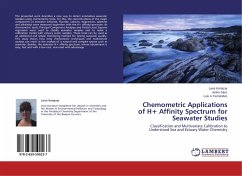


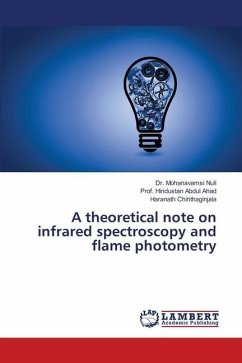
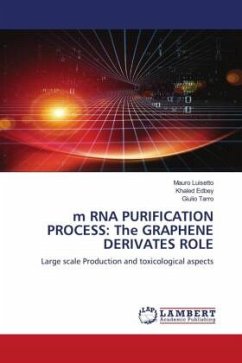
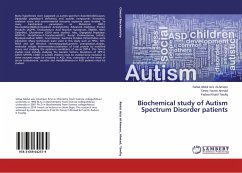
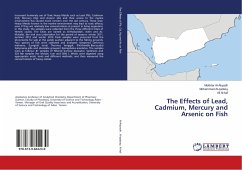
![Vnutrimolekulqrnoe [4+2] cikloprisoedinenie proizwodnyh s-tetrazina Vnutrimolekulqrnoe [4+2] cikloprisoedinenie proizwodnyh s-tetrazina](https://bilder.buecher.de/produkte/40/40607/40607653n.jpg)